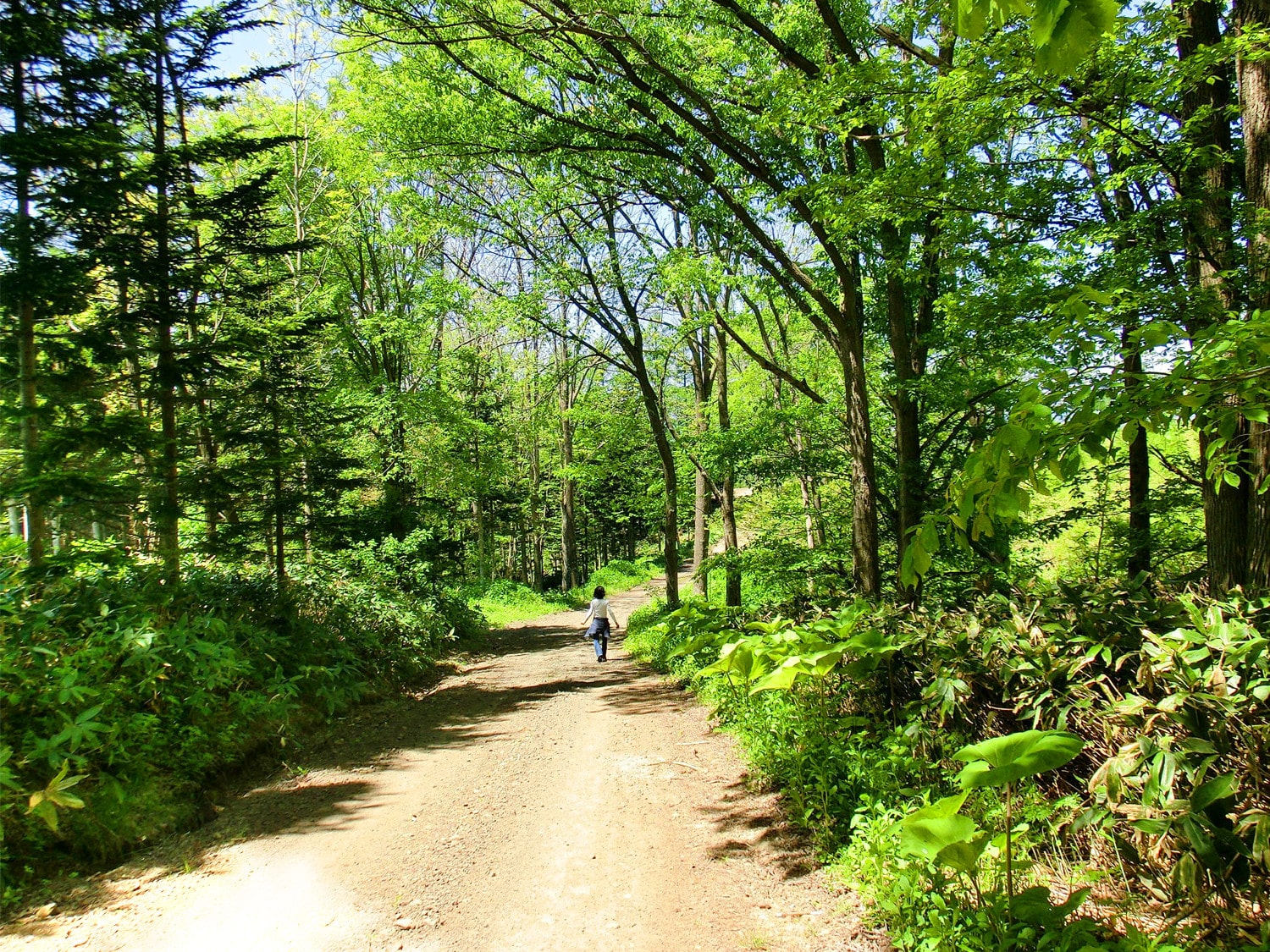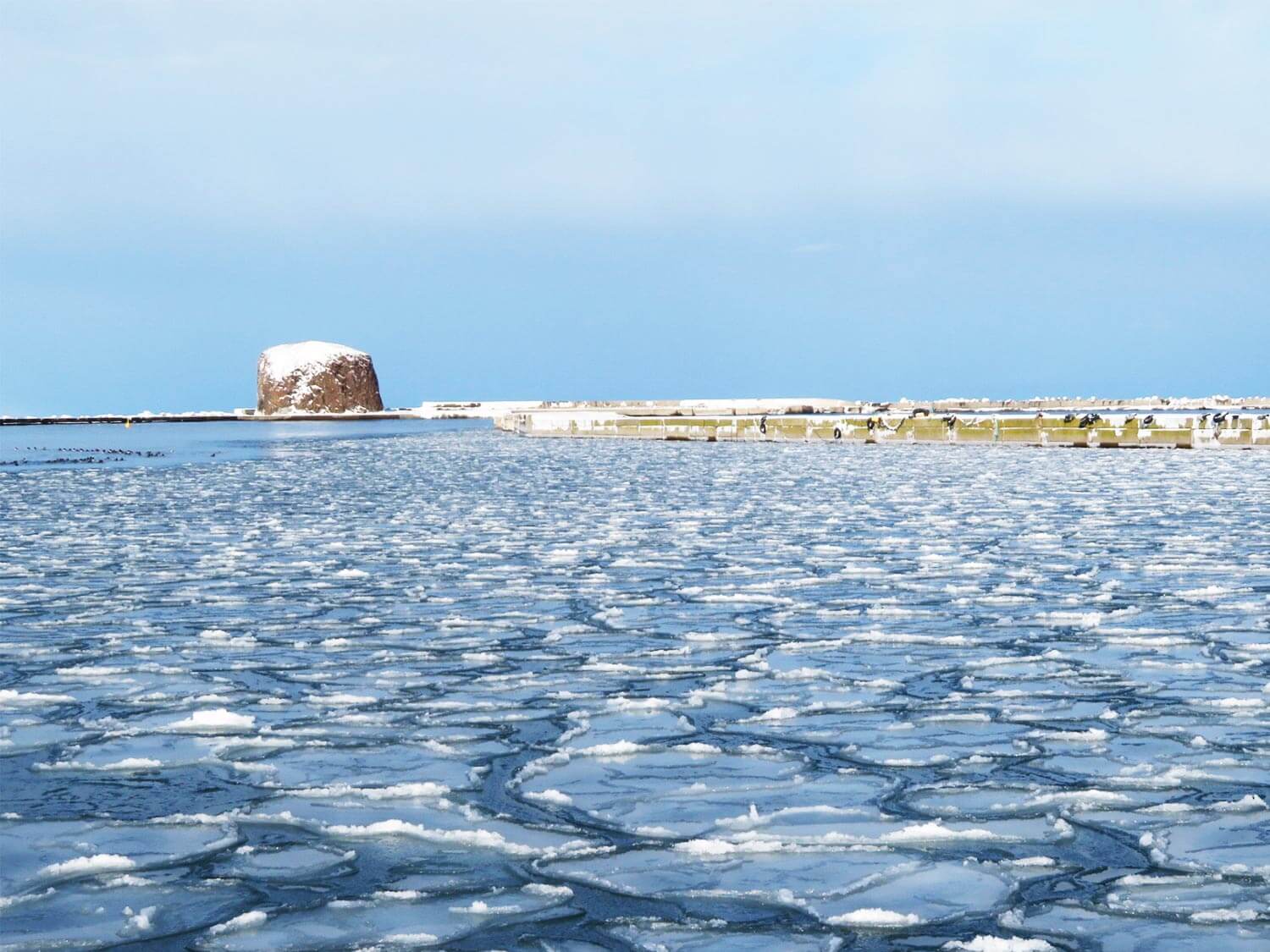ABOUT
ABASHIRI
Abashiri City lies in the midst of Abashiri Quasi-National Park. Thirty-five percent of the entire land is forest, among which 50% is untouched forest. It has 4 lakes, one of which is registered with the Ramsar Convention.
The once small fishing village with Ainu people and just a handful of traders from the present Shiga prefecture is now a city with a population of 32,000. The flourishment of Abashiri, as well as Hokkaido on the whole, as a “modern” town owes a lot to the prison and the prisoners that were located here as labor force in the late 19th century. Without the “prisoner’s road,” which we call the military road in Hokkaido, Hokkaido might not have been what it is today.
And today, famous for the drift ice that covers the Okhotsk Sea in February every year, Abashiri stands out as one of Japan’s most popular winter tourist spots.
Day Tour In & Around Abashiri
Abashiri City lies in the midst of Abashiri Quasi-National Park. Thirty-five percent of the entire land is forest, among which 50% is untouched forest. It has 4 lakes, one of which is registered with the Ramsar Convention.
The once small fishing village with Ainu people and just a handful of traders from the present Shiga prefecture is now a city with a population of 32,000. The flourishment of Abashiri, as well as Hokkaido on the whole, as a “modern” town owes a lot to the prison and the prisoners that were located here as labor force in the late 19th century. Without the “prisoner’s road,” which we call the military road in Hokkaido, Hokkaido might not have been what it is today.
And today, famous for the drift ice that covers the Okhotsk Sea in February every year, Abashiri stands out as one of Japan’s most popular winter tourist spots.
Day Tour In & Around Abashiri

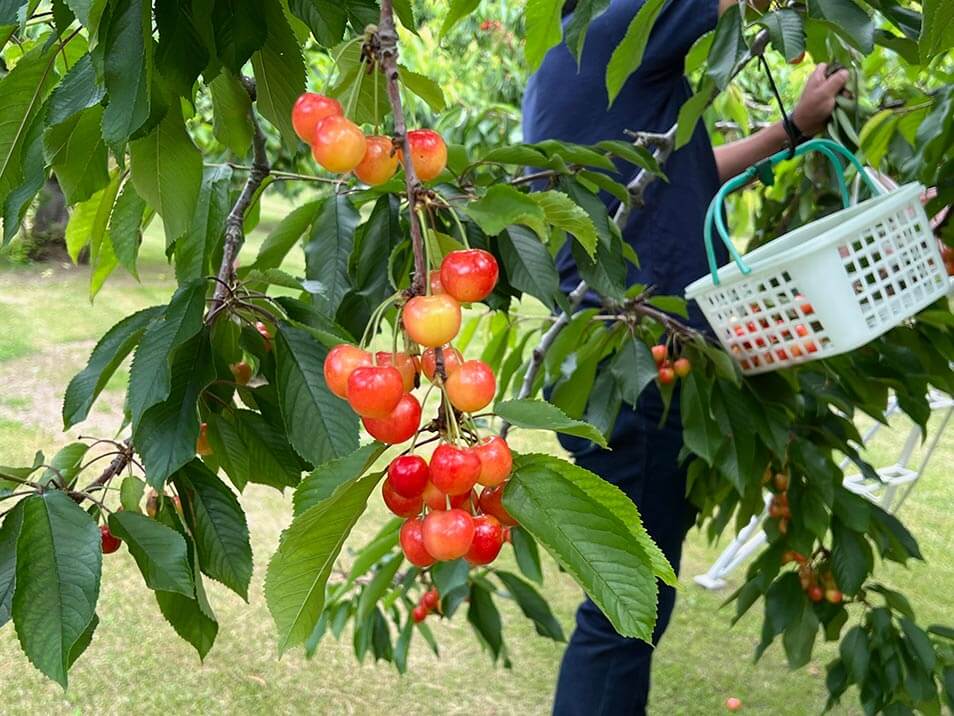
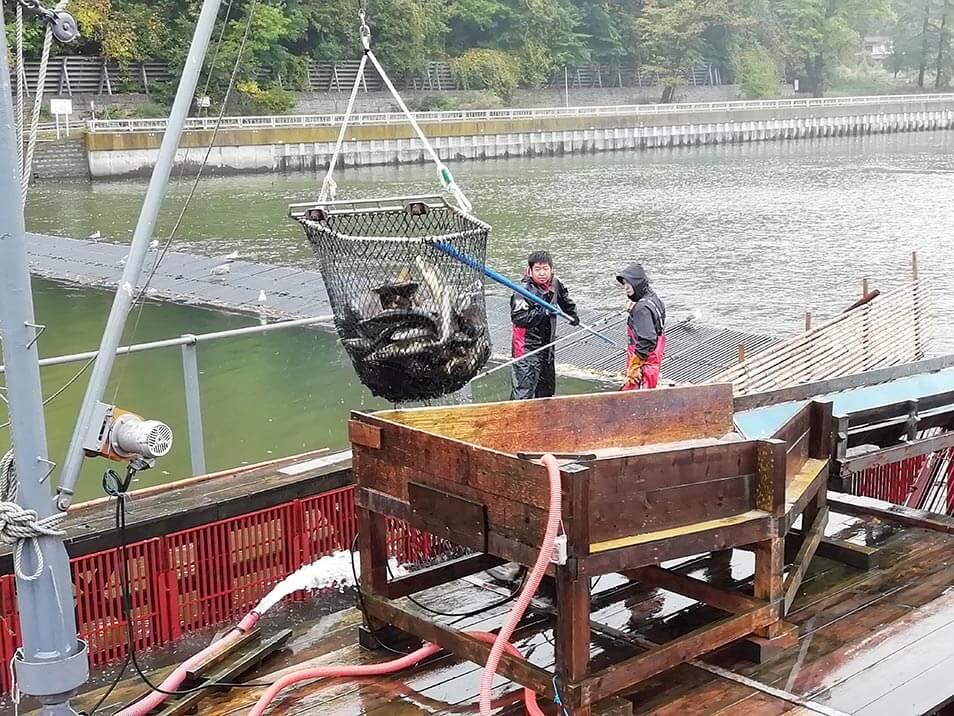


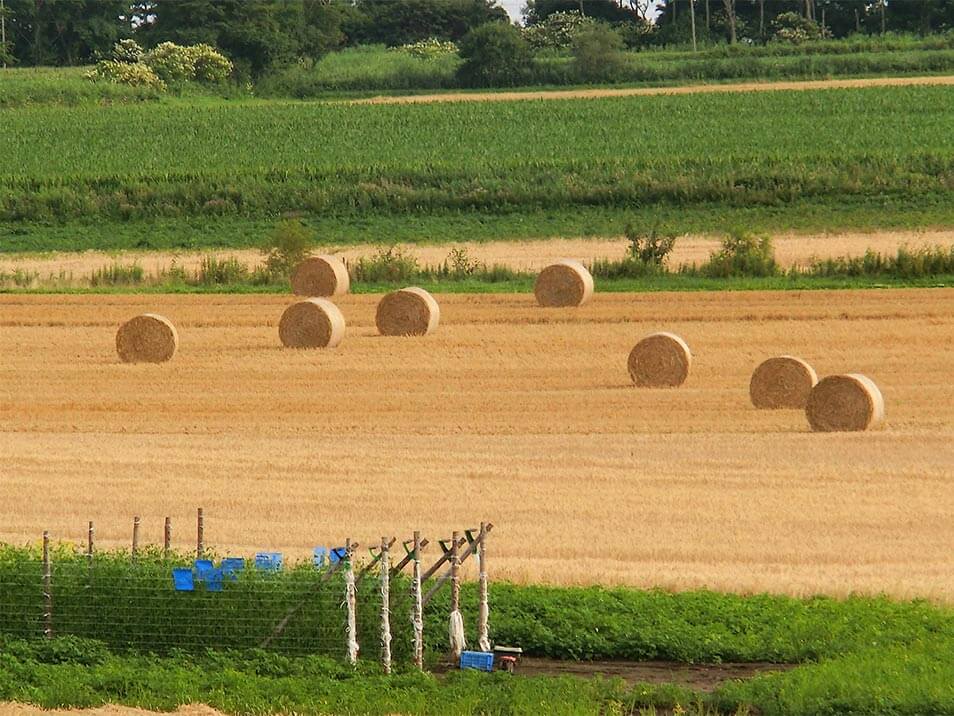

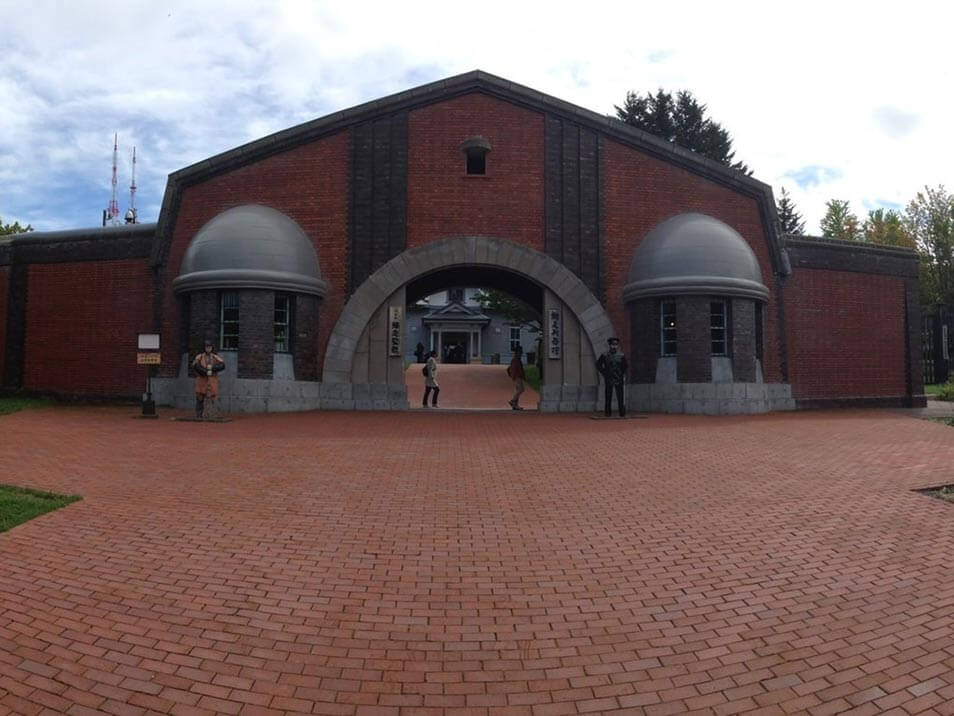
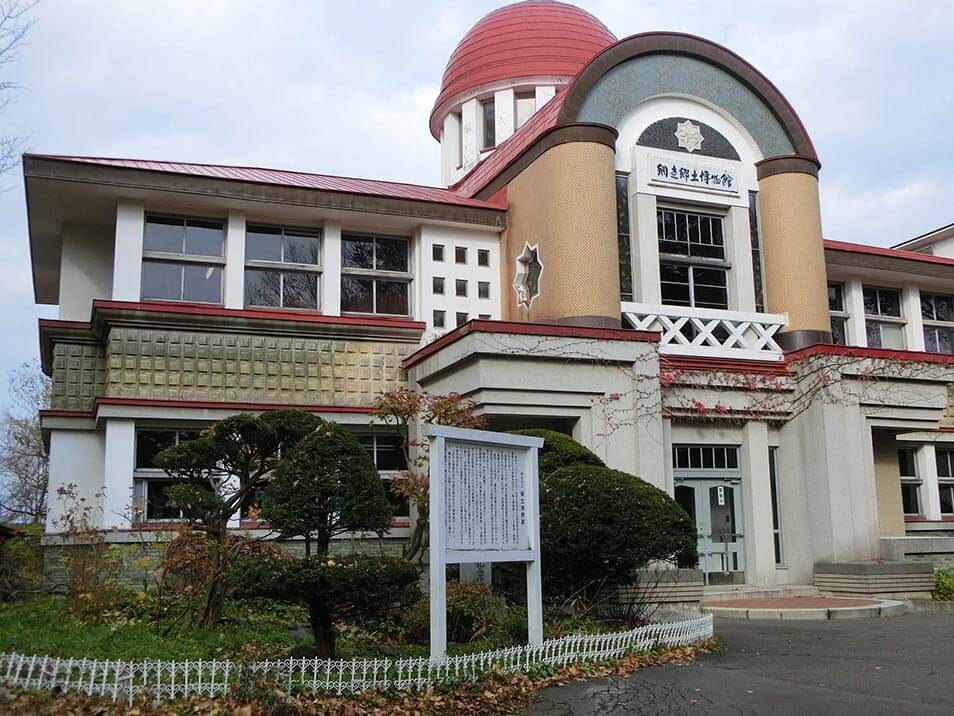



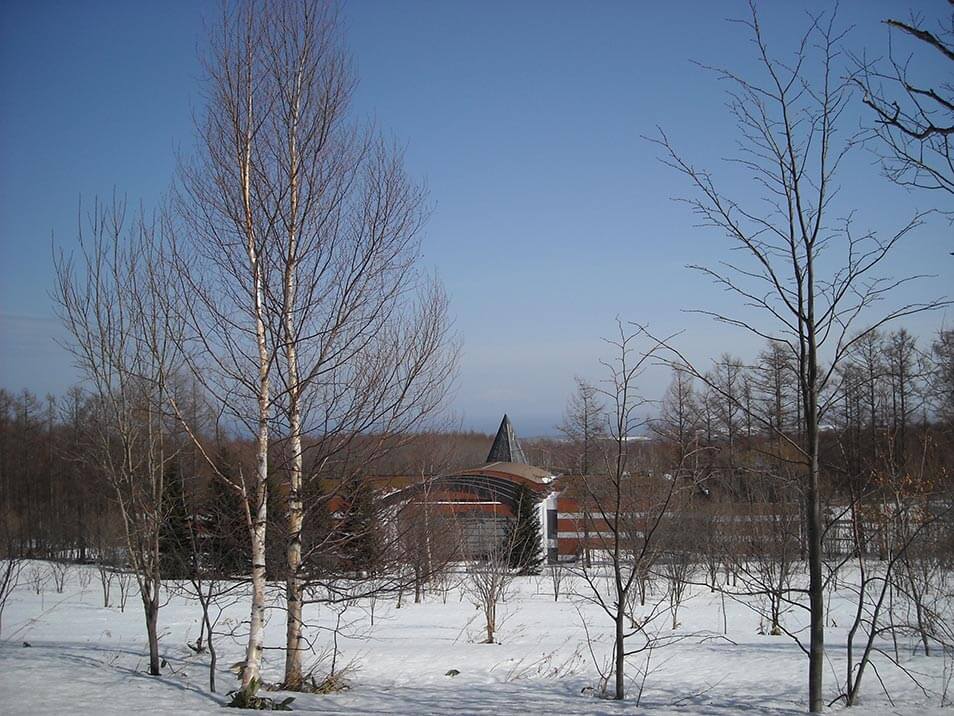
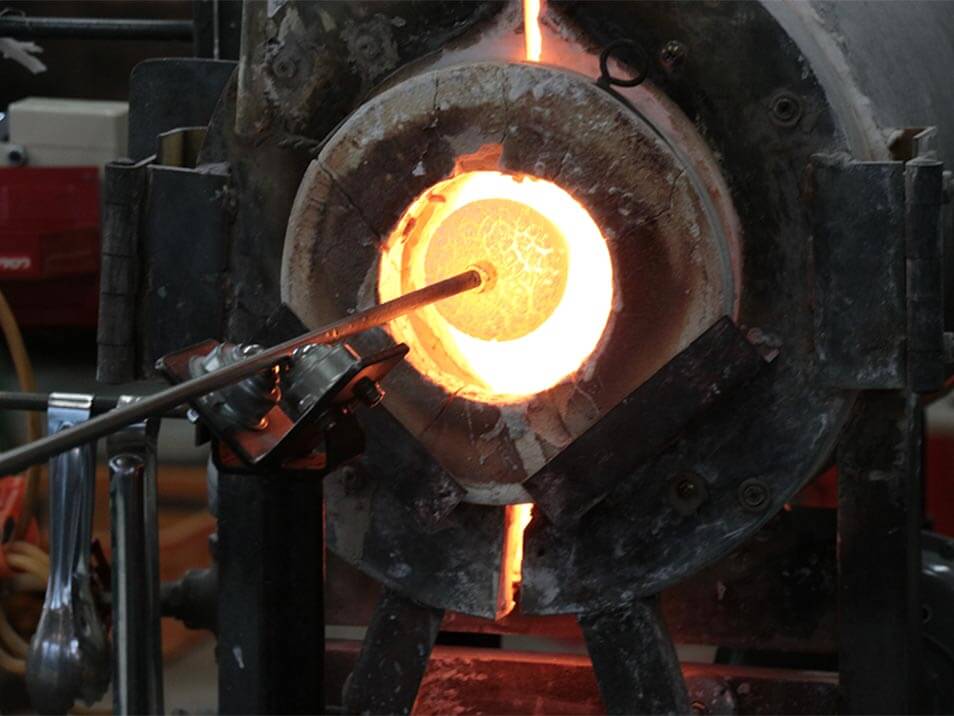
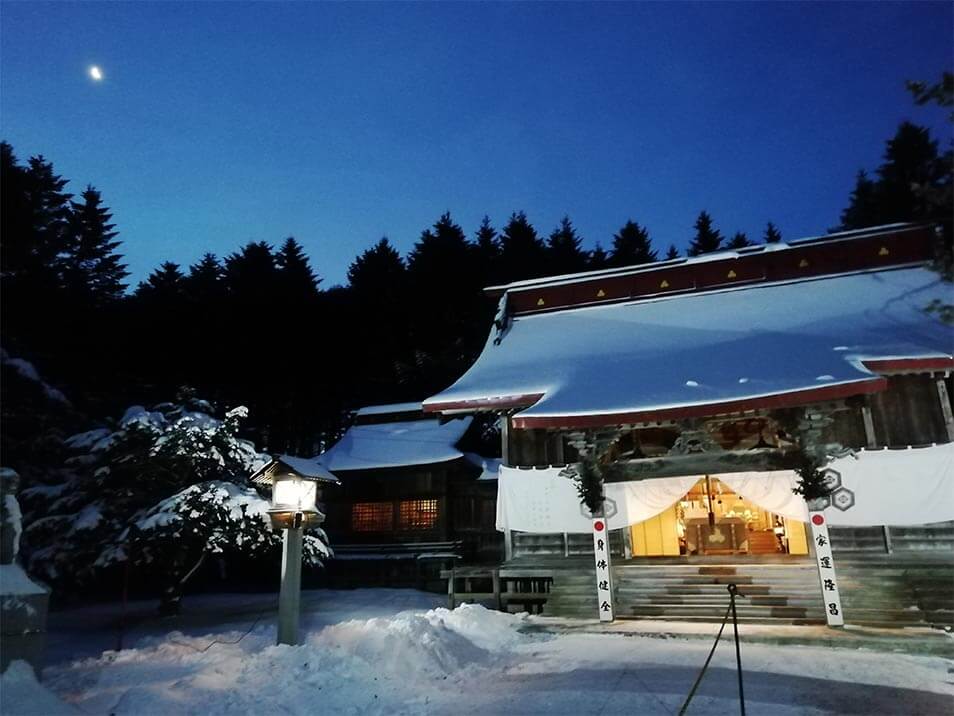
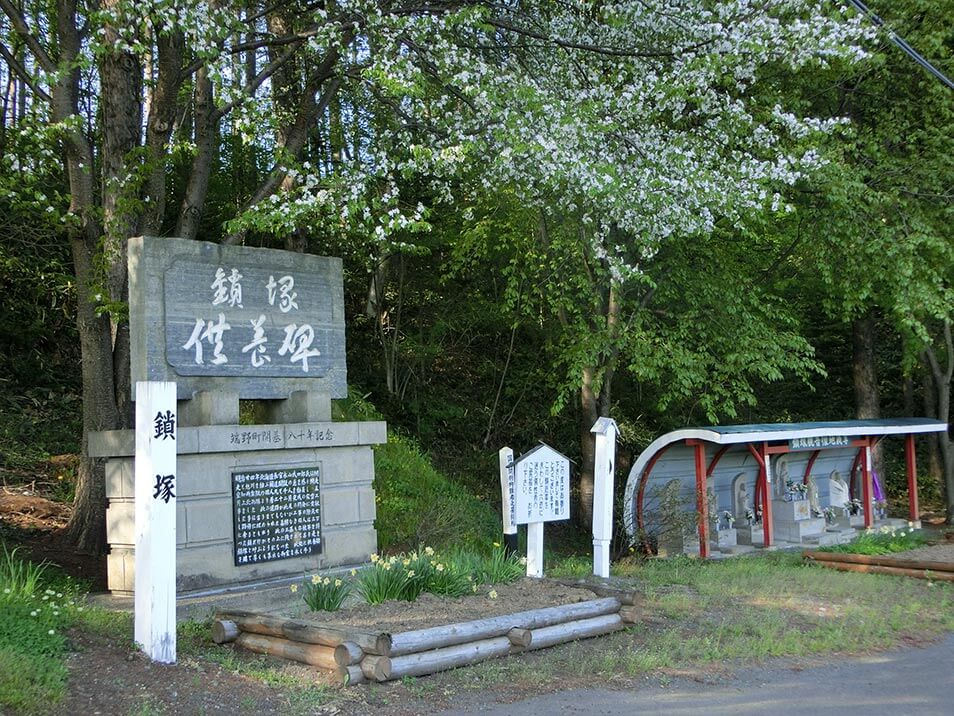

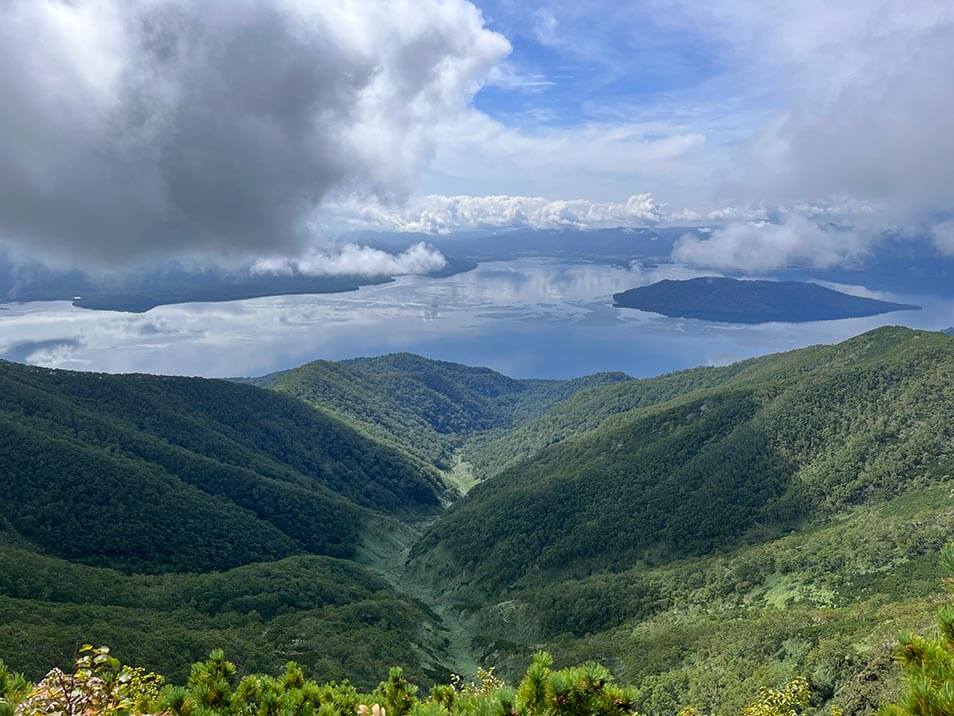
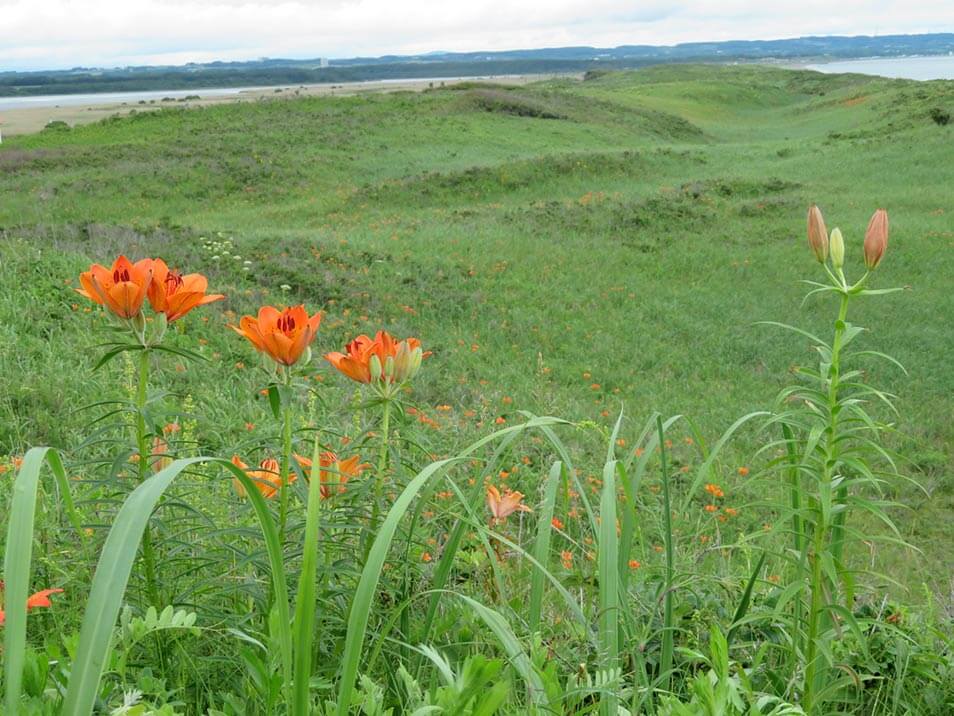

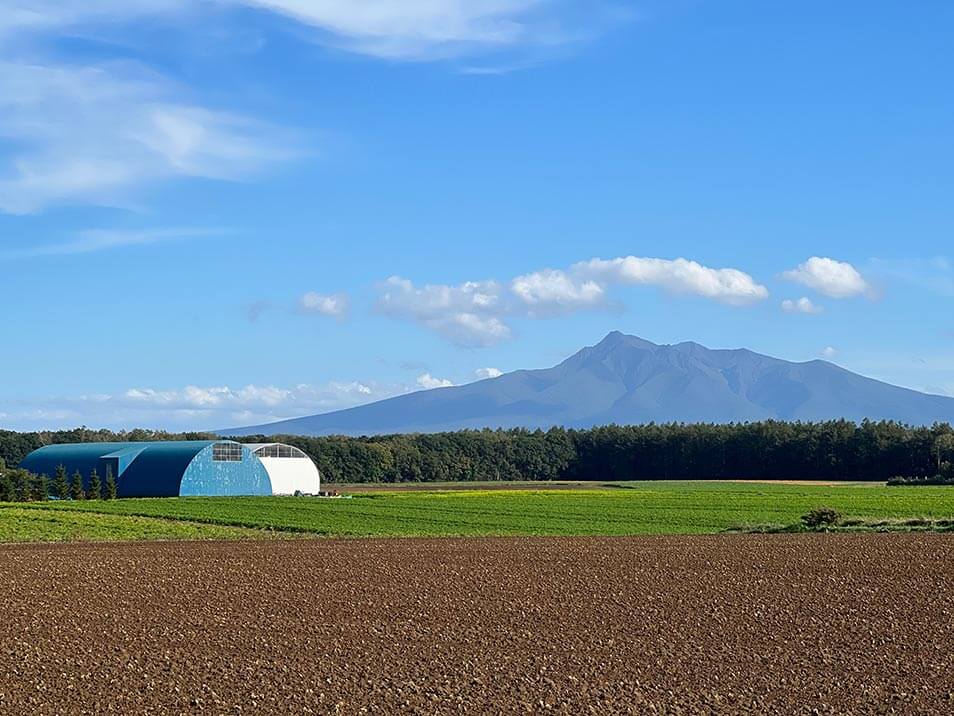
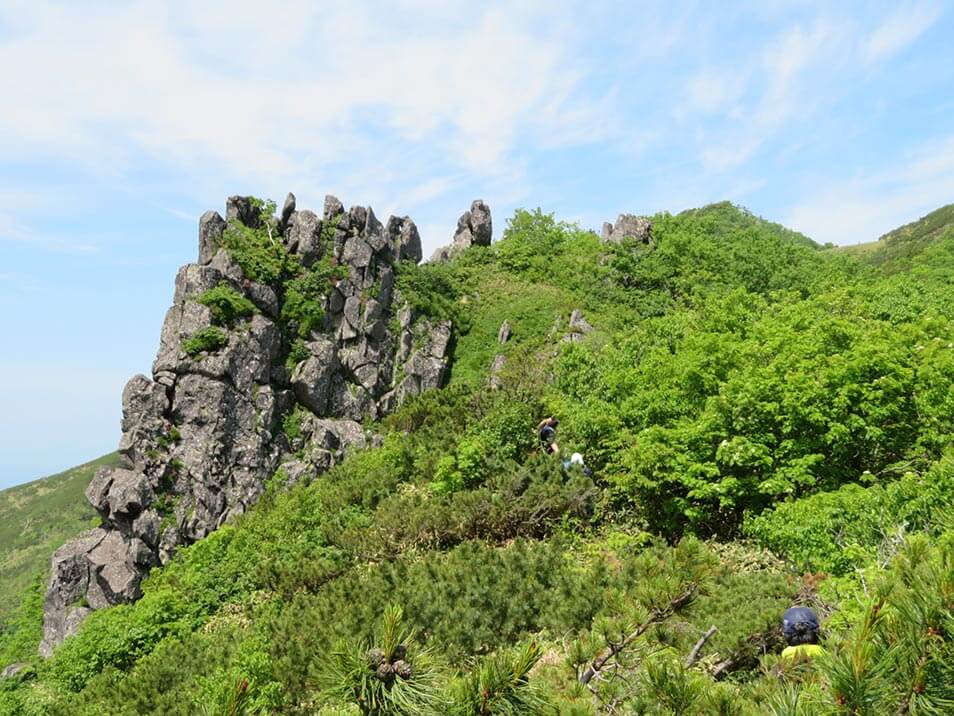


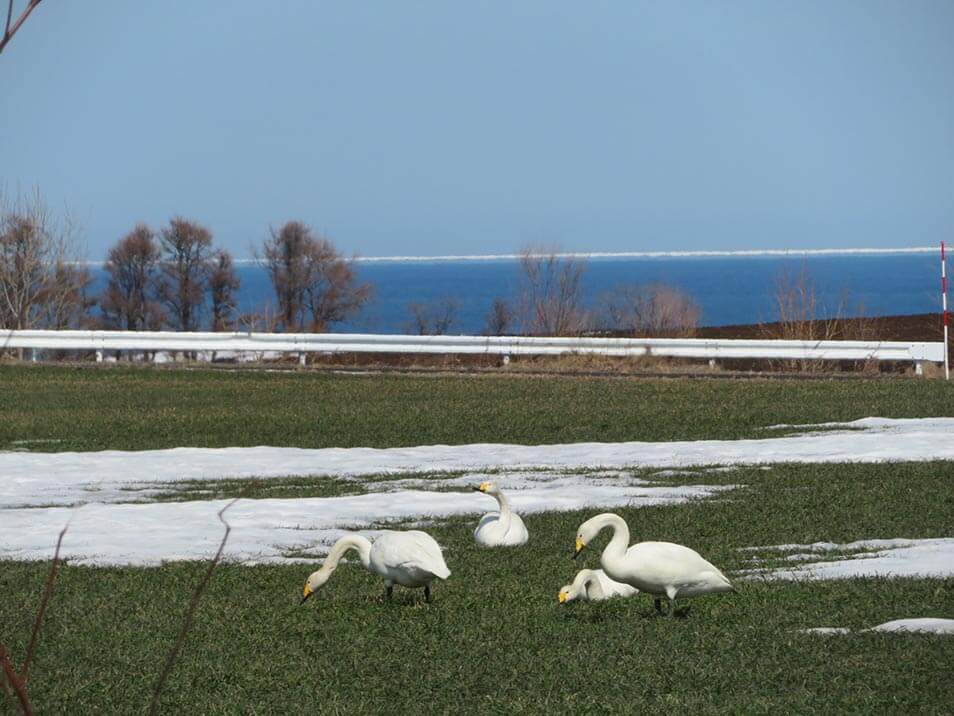

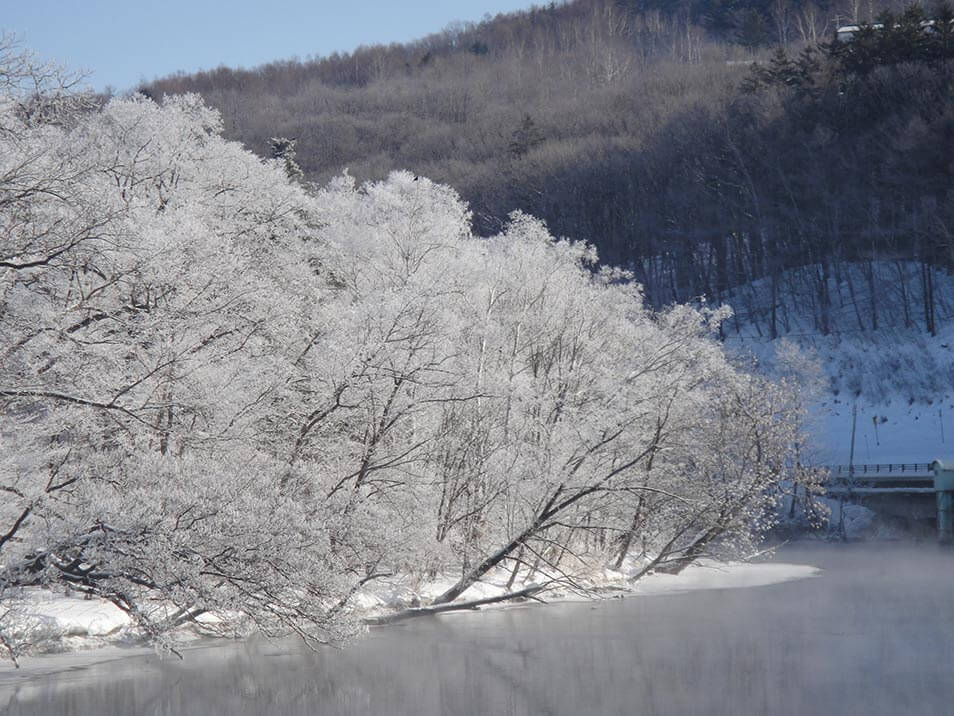
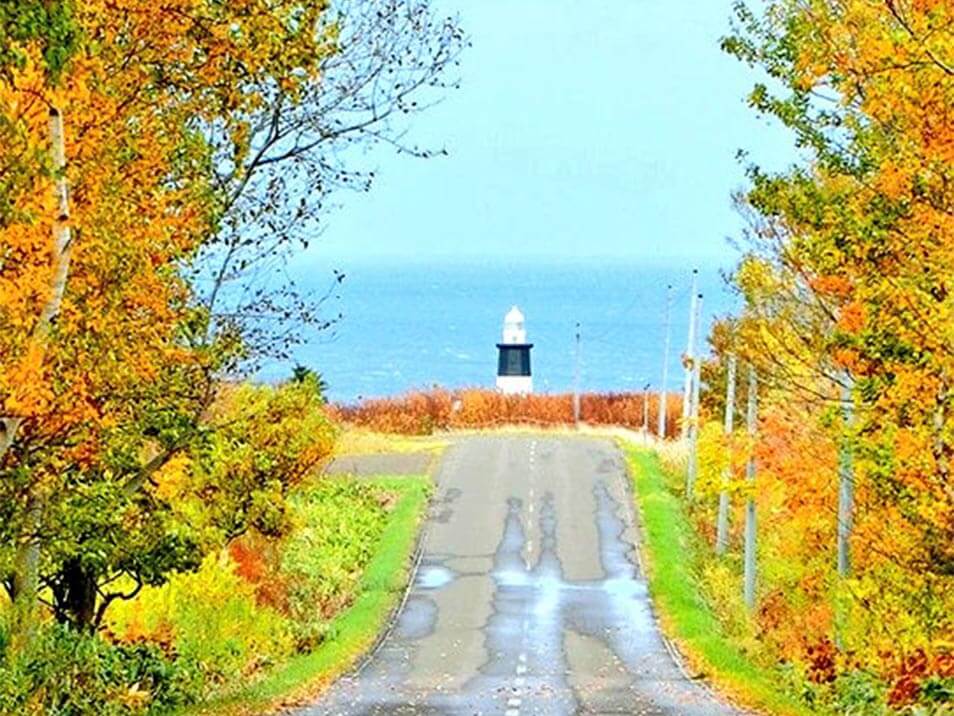

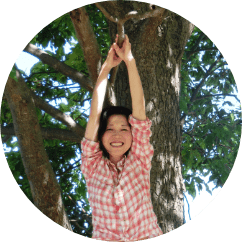
ABOUT MYSELF
Hi, I’m Junko. I own this Abashiri Hokkaido What-to-do Where-to-go site. I also give the tours. I used to work at an Embassy, a Wall Street company and also at an American licensing company in Tokyo. I came to Abashiri in 2009 to pursue my childhood dream of working at a dairy farm – which I finally did for nearly 10 years.
Brought up in New York and Singapore and with my wide range of business experiences, I hope I can be more than a “guide” to you – someone you can count on during your stay here! If you have any concerns or requests about the tours, please mail me at kuriko1429@yahoo.co.jp. I’ll try the most to answer to your requests!
- National Government Licensed Guide Interpreter (English)
- Master of Hokkaido Tourism (Certified by Hokkaido Chamber of Commerce)
- Abashiri Expert Certification (Certified by Abashiri Tourist Association)

THE STORY OF “FUKI”
This kamon (Japanese crest)-like logo depicts butterbur. When I first came to Hokkaido, the wild so-called fuki in Japanese was what caught my eyes! You’ll find the sprouts in early spring and the green plant throughout summer everywhere - from the wheat fields to concrete highways. There’s an Ainu legend that a dwarf (koro-bokkuru) lives under the gigantic fuki. Fuki is not just a seasonal delicacy that the locals savor. The salted fuki is an indispensible foodstuff in winter when green vegetables are hard to get. Fuki is a culture in itself. While you’re here, I hope you get the chance to see them yourself and also have the yummy experience – tempura sprouts and the stewed or fried stalks!


